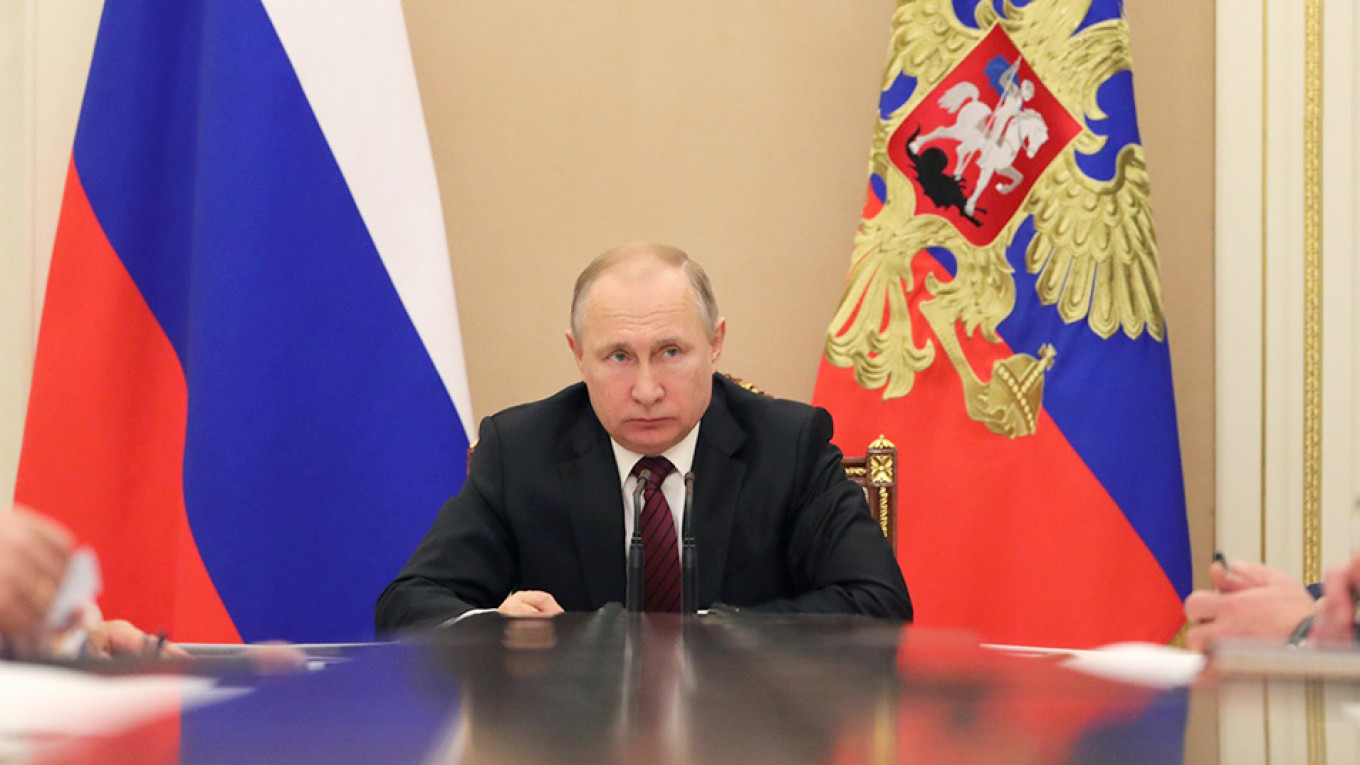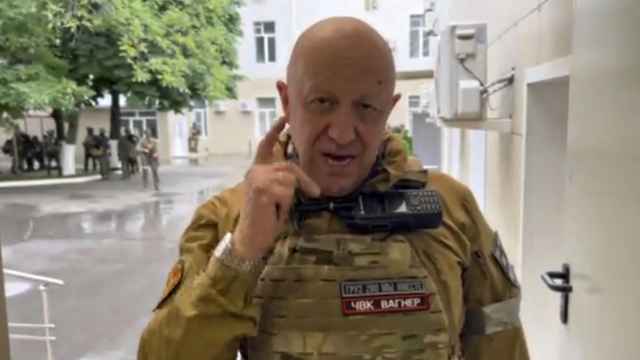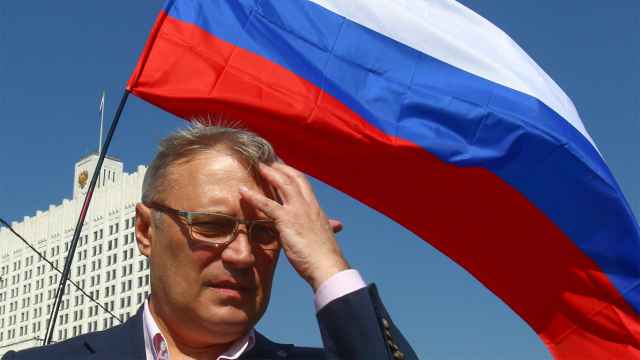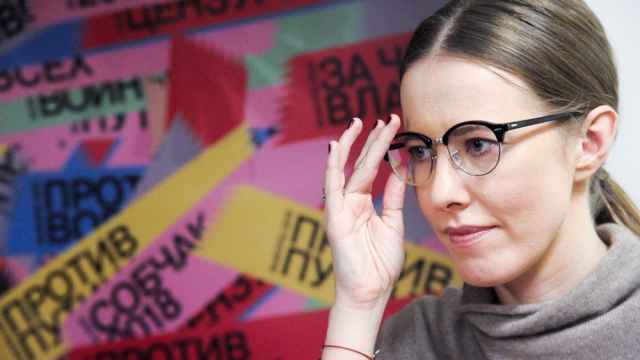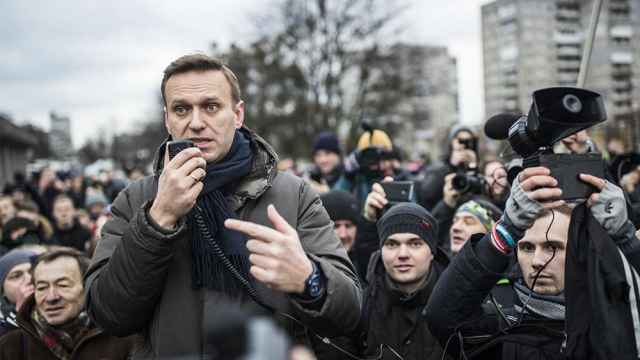Despite poll numbers reminiscent of, if not worse than, Russia’s contentious pre-Crimea era, Vladimir Putin is by no means in political trouble.
That Sergei Kiriyenko is seldom mentioned in the Western press belies his importance within Russia’s political machinery. Indeed, “First Deputy Chief of Staff of the Presidential Administration” looks like an unremarkable title at first.
And yet, Kiriyenko answers for the curation of Russia’s “managed democracy,” in essence overseeing the domestic manufacture of Putin’s political legitimacy. If you are Sergei Kiriyenko, recent public opinion data may be cause for concern.
In recent months, Putin’s approval rating has dropped from the lofty figures he enjoyed following the annexation of Crimea, otherwise known as the Crimean Consensus. The current figure — fluctuating between the mid and low 60s — is now comparable to that in the years prior to the annexation, a time that saw Russia rocked by protest.
Over a similar timeframe, the proportion of poll respondents naming Vladimir Putin as the politician they trust most has eroded by some 20 percentage points, now also back in the pre-Crimean Consensus range. Lastly, views on how the economy is doing offer little consolation, with the consensus being that things are not getting worse at best.
And yet, little suggests any real political trouble for Putin. Protest potential indicators, arguably the most direct barometer showing the risk of popular upheaval, have declined since a controversial pension reform push last summer.
Elite infighting is the subject of frequent Telegram gossip, but the dependency of Russia’s upper echelon on the state for economic and political power renders defection highly implausible. Furthermore, despite disappointing results for United Russia in the last round of gubernatorial elections, particularly in Siberia and the Far East, Putin was not in fact on the ballot — and the last time he was, his team delivered both the turnout and level of support they sought.
All the while, the state apparatus has not shown any signs of losing its appetite for repression, often a harbinger of trouble for autocratic leaders like Putin. But wholesale repression might not even be necessary: Officials can — and have — let disaffected voters express their anger through political venting mechanisms ("friendly" opposition parties, etc.) without destabilizing the existing order.
If the above fails, Putin retains the option of discarding Prime Minister Medvedev to feign the appearance of reform.
Political scientist Natalia Zubarevich recently theorized that there are four Russias: large urban centers, regional industrial cities, rural areas and the peripheral territories including the North Caucasus. Recent economic crises have had different political and economic impacts on each.
The 2009 financial crisis hit the large urban centers of Russia number one hardest, and as a result, such locales emerged as centers of protest. The latest recession has proven to be the most difficult for Russia number two, including one-company towns across Siberia and the Far East. The key dynamic, however, is that neither period saw a downturn severe enough to aggrieve more than one Russia at once.
Beyond economics and politics, geography plays a role here as well. Mobilization is that much harder when population centers are spread so far apart, as demonstrated by the protests organized by long-haul truckers. Their grievance was narrow (per-kilometer tolls) while their geographic spread was wide. Perhaps a sharper crisis — particularly one in the banking sector — could spur the sort of pressure that might make Putin and his team actually worry.
Perhaps a banking sector crisis could spur the sort of pressure that might make Putin actually worry.
Yet there are few signs that scenario may come to pass in the near future, and even assuming it did, Russia benefits from a talented cadre of economic leaders and a large rainy day fund held specifically for such situations.
Many have suggested that Russia’s current period is reminiscent of zastoi, the political and economic stagnation that gripped the Soviet Union under Leonid Brezhnev through the 1970s. The similarities are readily apparent: economic growth rates are low, politics are increasingly opaque and the prospect for meaningful reform in either sphere is dimming.
This stagnation, however, brings with it stability. Inefficient as it might be, both politicians and business leaders understand the rules of the system and the consequences for challenging it.
Disaffection and apathy, far more than revolutionary fervor, are the flavor of the day for many. If Putin’s political gravity is beginning to wane, it will be a protracted, slow process. The old zastoi was historically important, but largely stable politically. The period that followed proved far more interesting.
A Message from The Moscow Times:
Dear readers,
We are facing unprecedented challenges. Russia's Prosecutor General's Office has designated The Moscow Times as an "undesirable" organization, criminalizing our work and putting our staff at risk of prosecution. This follows our earlier unjust labeling as a "foreign agent."
These actions are direct attempts to silence independent journalism in Russia. The authorities claim our work "discredits the decisions of the Russian leadership." We see things differently: we strive to provide accurate, unbiased reporting on Russia.
We, the journalists of The Moscow Times, refuse to be silenced. But to continue our work, we need your help.
Your support, no matter how small, makes a world of difference. If you can, please support us monthly starting from just $2. It's quick to set up, and every contribution makes a significant impact.
By supporting The Moscow Times, you're defending open, independent journalism in the face of repression. Thank you for standing with us.
Remind me later.



